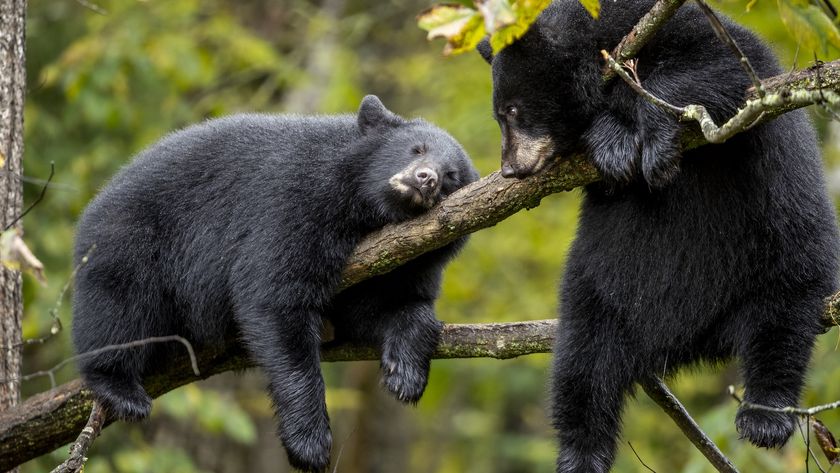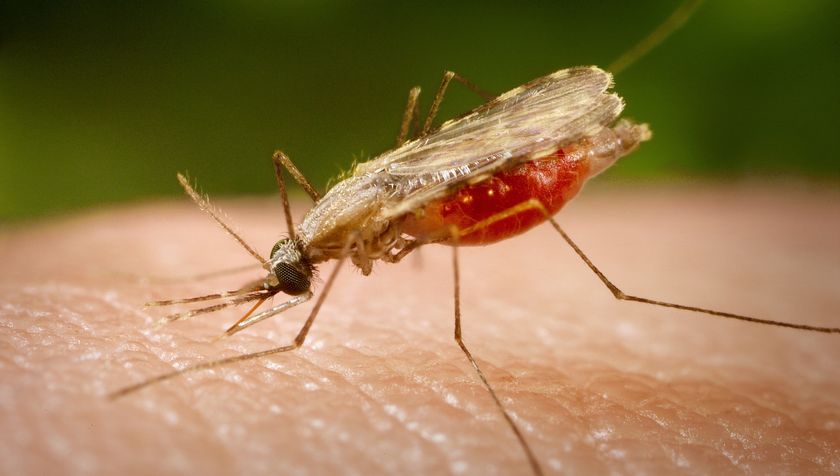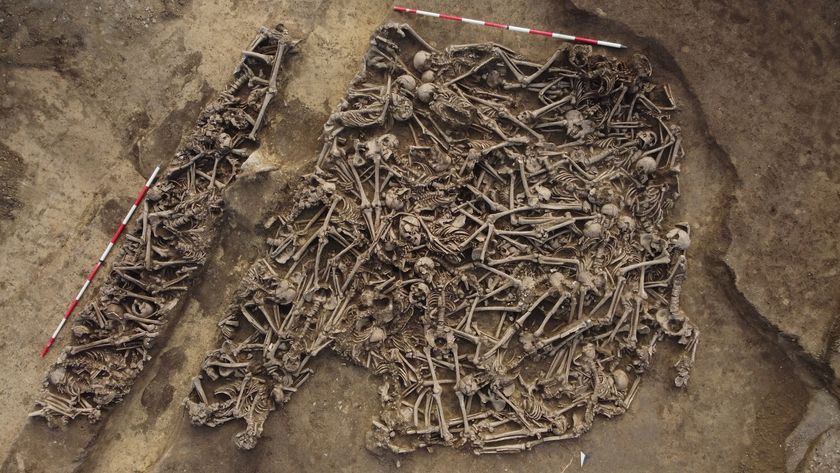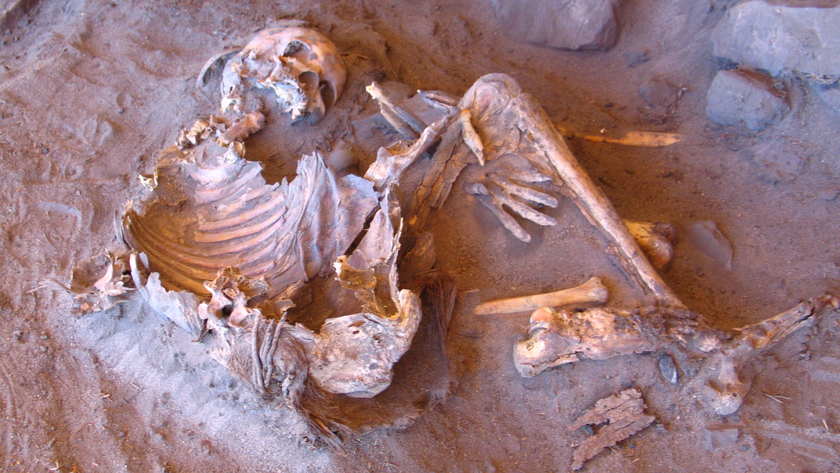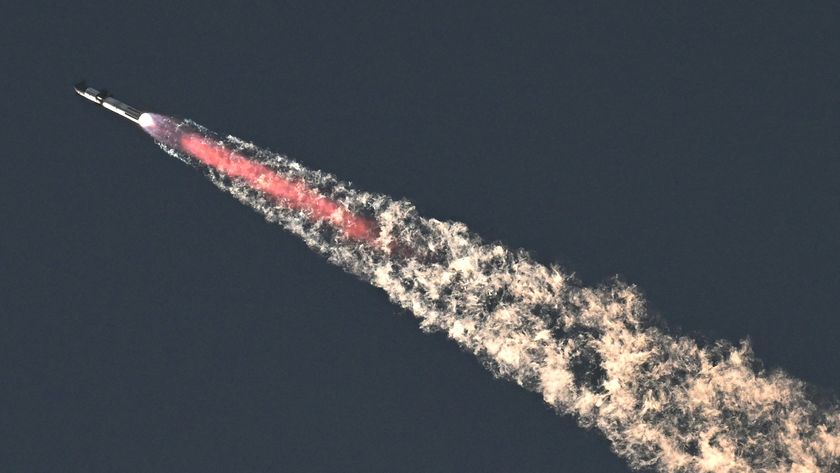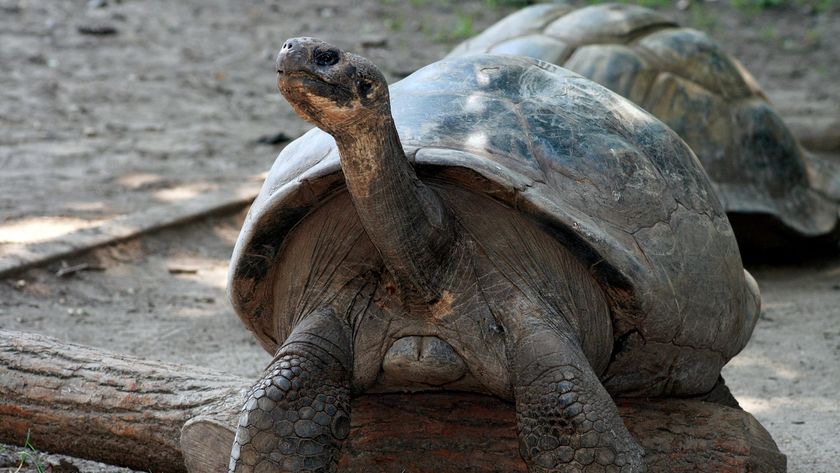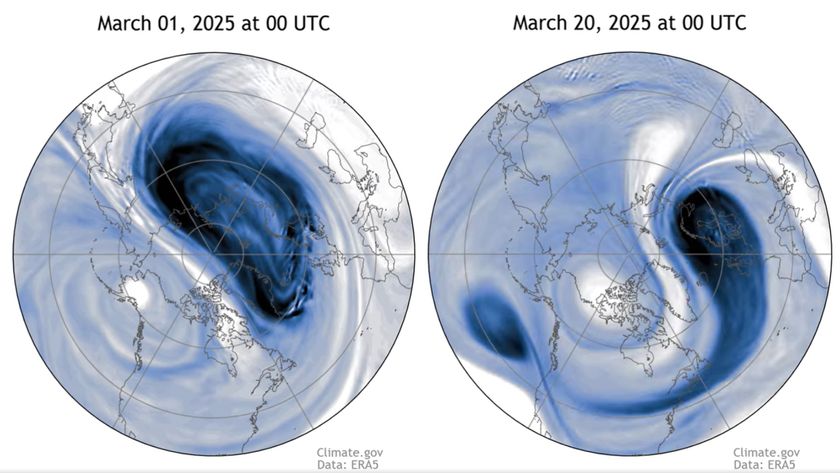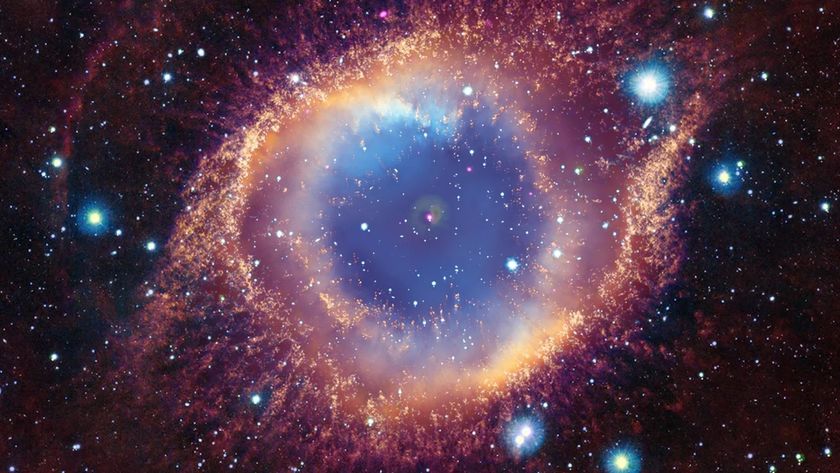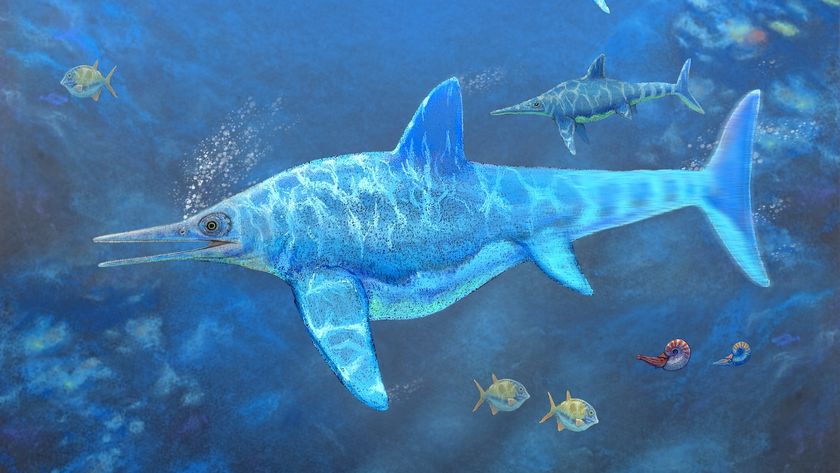Humans Might Have Wiped Out Wild Horses

Already charged with eradicating mammoths, the first North Americans might also have wiped out wild horses in Alaska, a new study suggests.
The end of the Pleistocene era, around 12,000 years ago, was coupled with a global cooling event and the extinction of many large mammals, particularly in North America.
This was also when humans first made their way into Alaska from Asia, leading some researchers to believe that extensive over-hunting helped drive the extinction of the massive beasts. Mammoths, for example, were a prime target of early hunters and were driven to extinction within roughly 500 years of humans' arrival on the continent.
But another possibility is that a fast-spreading infectious disease brought down these and other animals.
Horse history
Horses originated in North America, but all the wild ones were killed by early hunters, researchers say. Some horses snuck over to Asia before the land/ice bridge disappeared. Those were domesticated by Asians and then Europeans, who reintroduced horses to the Americas.
In recent times, Americans had large horse-raising ranches, and some of the horses escaped to become what are today known as "wild" mustangs.
Sign up for the Live Science daily newsletter now
Get the world’s most fascinating discoveries delivered straight to your inbox.
Since the most recent truly wild horse fossil dates to about 12,500 years ago, scientists had thought these animals died out before humans were a factor.
Revising history
In the new study, researchers reevaluated some of the unreliable data used in previous calculations and determined that when gaps in the fossil record and radiocarbon dating errors are factored in, it is possible that humans and horses coexisted.
"The fossil record's very incomplete, and just because the most recent remain is from 12,500 years ago, that doesn't mean that the horse became extinct at this time," said study co-author Andrew Solow of Woods Hole Oceanographic Institute.
Radiocarbon dating techniques—the most common method of determining the age of organic material—can be off by 200 to 300 years, a significant error when considering a thousand-year window.
As a result, it is impossible to rule out human hunting as the cause, or major contributing factor, to horse extinction in North America, Solow told LiveScience.
The study is detailed in online edition of the journal the Proceedings of the National Academy of Sciences.
